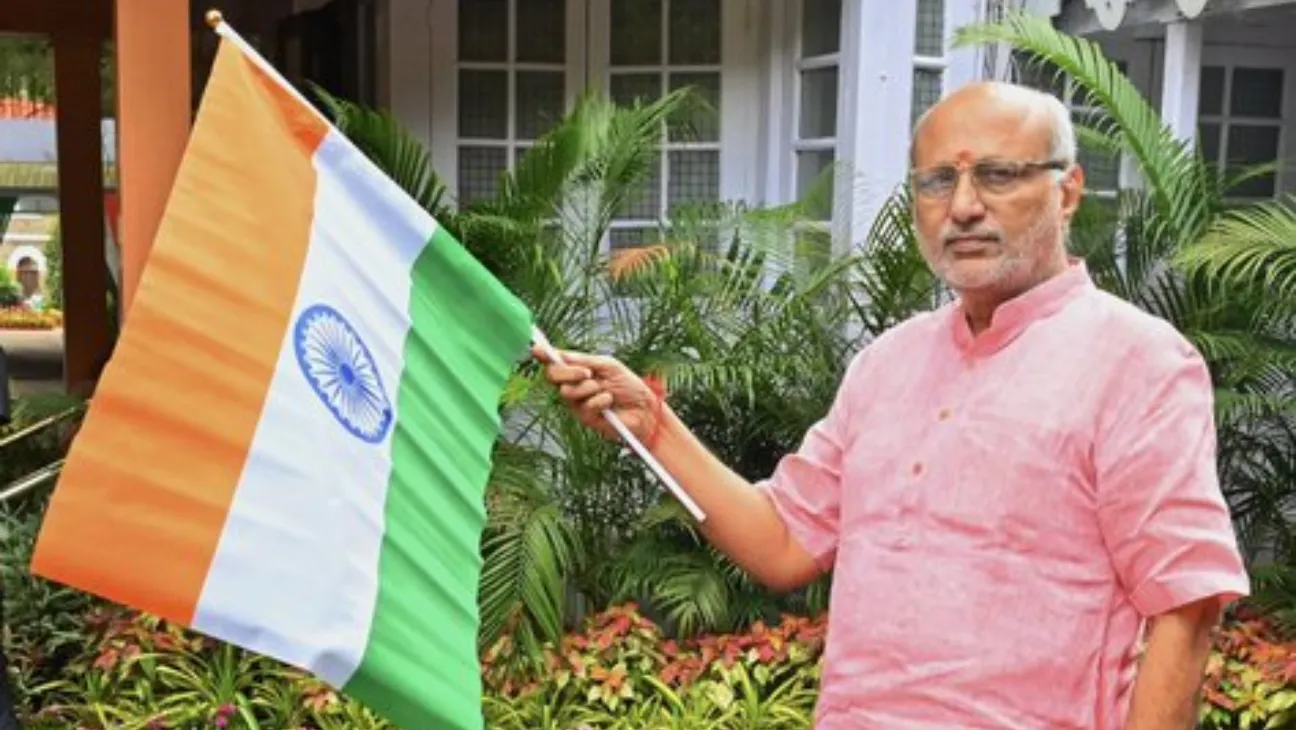An Air India Airbus departing Kochi en route to Delhi was compelled to terminate the take-off roll on the night of 29 October after the flight deck isolated an abnormal system indication, the carrier reported. Among those on board was Member of Parliament Mr. Hibi Eden, who subsequently recounted the event on the microblogging platform, comparing the jolt to an aircraft that “skids on the runway.”
Scheduled departure of flight AI 504 was set for 2240 hours local. Eden noted on X that he perceived “something unusual” just prior to the aircraft’s deceleration and that subsequent passenger notification indicated a cancellation.
He remarked that the replacement flight was projected to take off at 0100 hours, but the schedule experienced several further postponements. A photograph documenting the interior of the passenger cabin after the aborted departure was also posted to Facebook, with the caption detailing the aborted roll.
The carrier confirmed a partial roll incident, stating that the flight deck “terminated the thrust lever at safe velocity, employing published SOP requirements,” and subsequently repositioned the airframe to the gate for an airworthiness evaluation.
Disembarkation was accomplished without delay, and a rotation of equivalent capability was ordered for timely passenger reaccommodation. An official communiqué from the airline characterised the delay as unexpected and expressed regret for any resultant disruption, re-emphasising that the safety margins of passengers and flight personnel represent the airline’s singular guiding principle with every operational judgement.
The incident surfaced soon after Congress MP KC Venugopal submitted a written query to the Union Minister for Civil Aviation, asserting the occurrence of multiple safety irregularities on a Thiruvananthapuram-Delhi flight on August 8.
The MP maintained that following a diversion to Chennai, the crew initiated a go-around from a height of 50 feet, a move that, in his subjective judgement, averted a possible catastrophe, the pilot’s prudence being the sole mitigating factor in the affair.
In a prompt rejoinder, the carrier rebutted the Congress MP’s submission, restating that the touch-and-hold clearance was rescinded by the ATC, whose personnel reported suspicions of debris on the active runway. The airline pronounced that the flight was never under operative exigency and that established protocols were upheld in the entirety of the flight phase.
The chronological proximity of the two assertions on two distinct flights has drawn analytical speculation on the wider implications for Air India’s safety image and the systemic trust investors, operators, and passengers extend to India’s aviation sector.
Despite airlines publicly reassuring that the documented safety protocols were consistently observed, the repetitiveness of these reports almost certainly renews scrutiny, imperatively activating stakeholder interrogations on the quality of safety and supervisory administration.








